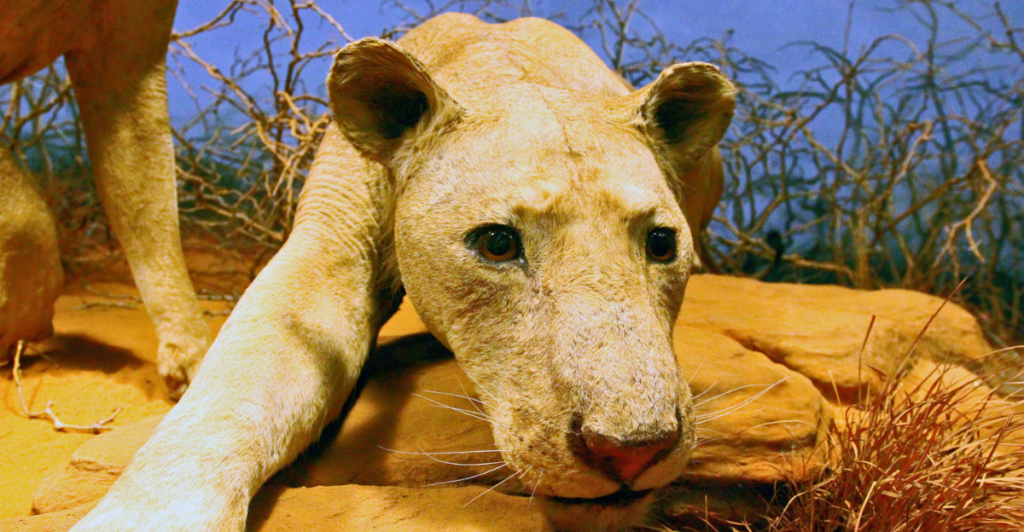
In 1898, two lions brought terror to the Tsavo region of Kenya, dragging railway workers from tents and into history. For years, their motives were pure mystery. Were they sick? Starving? Just maniacal? Now, thanks to DNA pulled from century-old teeth, scientists are finally answering the question: why did these lions turn man-eater? The new findings are wild, unsettling—and strangely human. This isn’t just a story about lions. It’s about desperation, survival, and the blurry line between predator and legend.
A Blood-Soaked Legacy
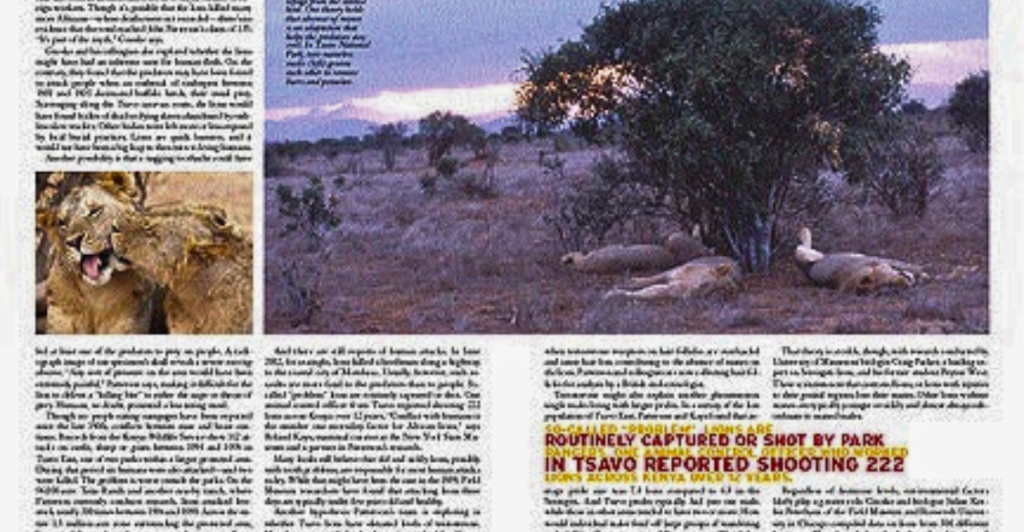
They were huge. They were maneless. And they were relentless. Over nine months in 1898, two male lions reportedly killed and ate as many as 135 workers building the Kenya-Uganda railway. Construction ground to a halt. Morale collapsed. Some called them demons. Others? Just lions doing what they had to do.
Meet the Man Who Hunted Them
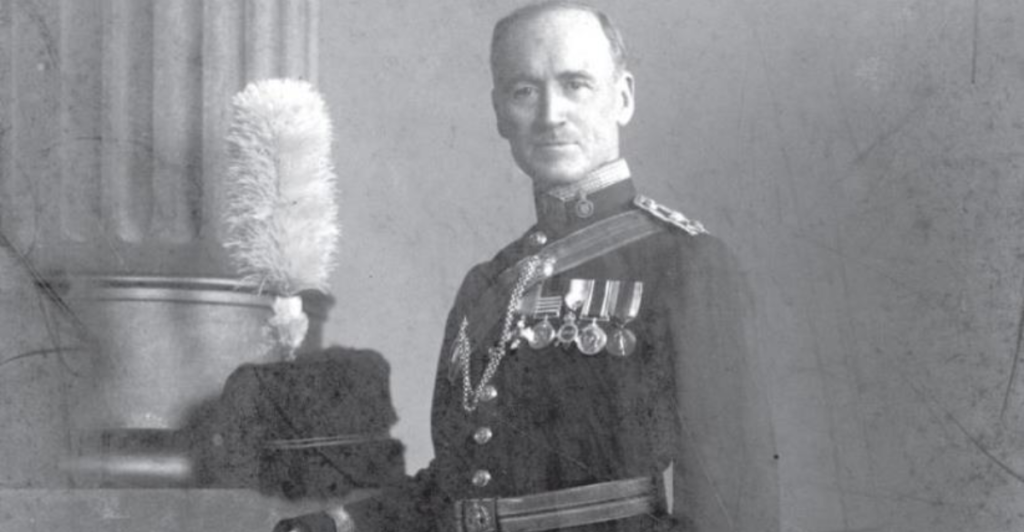
Lieutenant Colonel John Henry Patterson took matters into his own hands—literally. Armed with a rifle, a borrowed lion trap, and a lot of nerves, he hunted and killed the two predators. He later turned the story into a bestselling book and a Hollywood movie. The bodies? They ended up in a museum.
The Field Museum’s Strange Exhibit
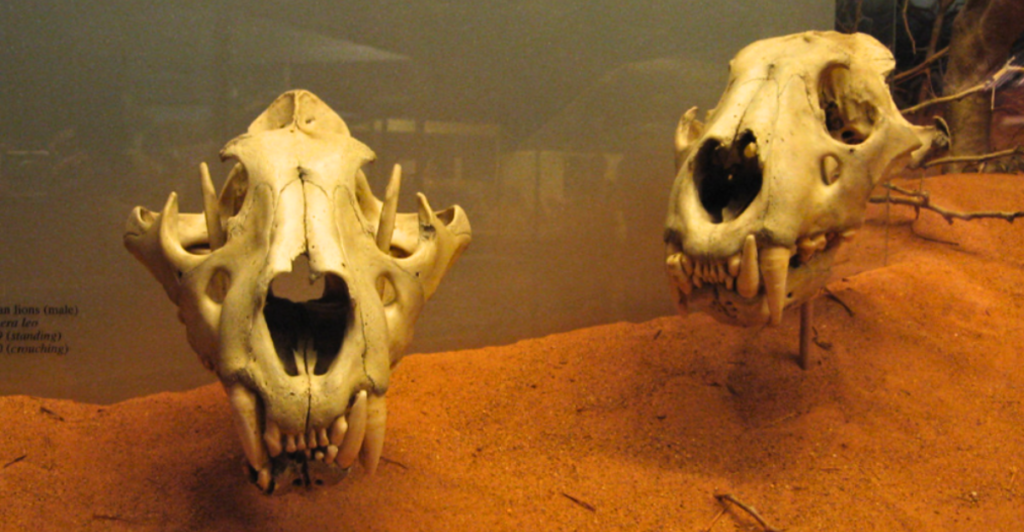
Since 1924, the stuffed skins of the Tsavo lions have been on display at Chicago’s Field Museum. They look eerily normal until you know their backstory. Recently, those same exhibits gave scientists access to something priceless: dental pulp and embedded hair. That’s where the real story begins.
What the Teeth Told Us
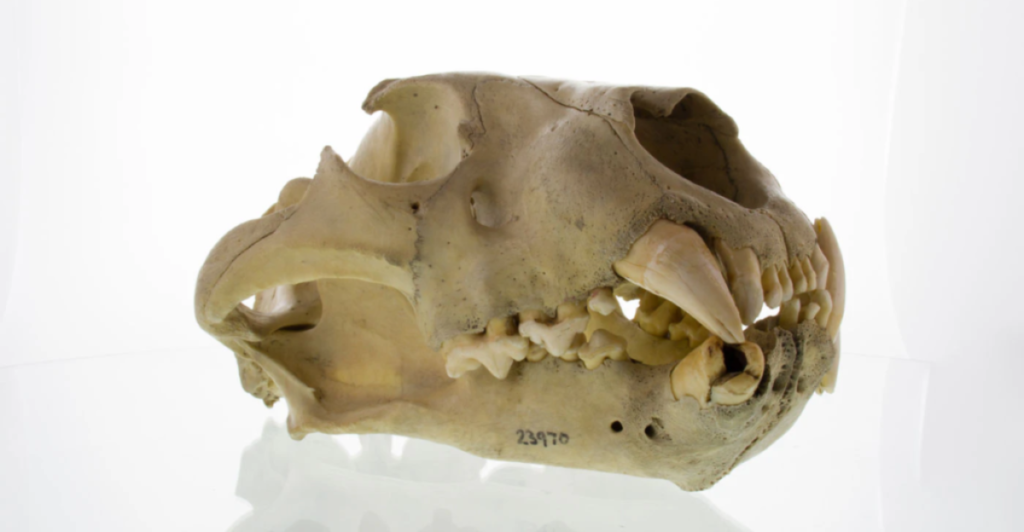
In 2024, researchers extracted DNA from hairs stuck in the lions’ teeth. Not just human DNA—zebra, wildebeest, giraffe, and oryx too. The verdict? These lions had a buffet diet. They didn’t eat people exclusively, but humans were definitely on the menu. The reasons why? Way more complicated than “they liked the taste.”
Starvation or Strategy?
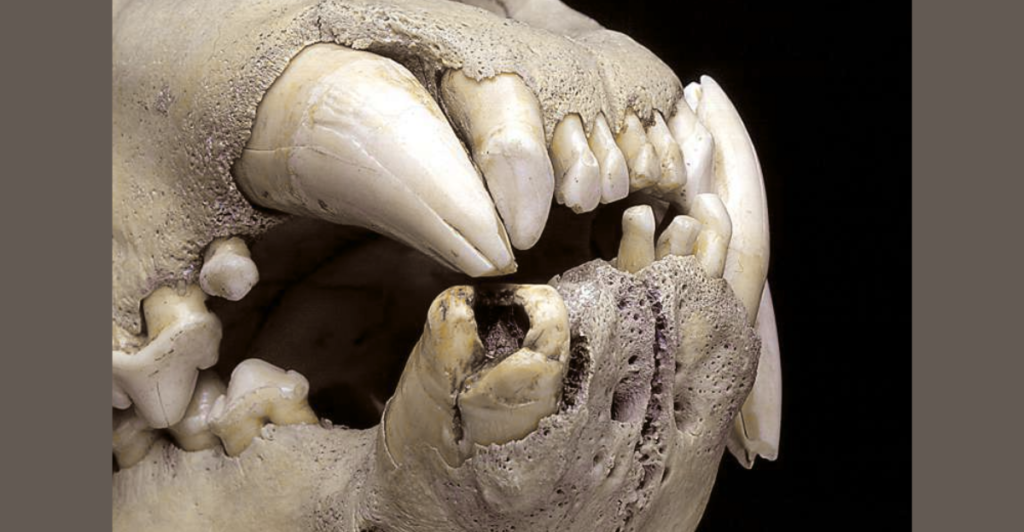
One lion had a serious jaw injury—a shattered canine. Painful and limiting, it made taking down wild prey harder. Humans? Slower. Easier. The theory: these weren’t rogue killers. They were desperate survivors adapting to their limitations. That flips the script from “man-eaters” to “opportunistic hunters with no better options.”
When Prey Disappears, People Pay
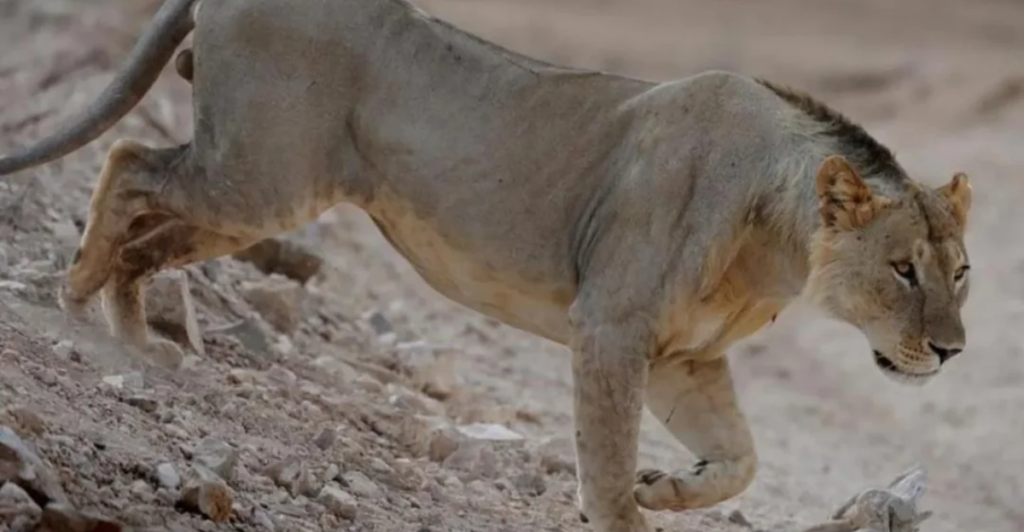
At the time, a rinderpest outbreak had wiped out massive populations of herbivores across East Africa. Lions suddenly had fewer natural prey. Add in a mobile camp of sleeping humans, and you’ve got a predator’s dream. The Tsavo killings may have been tragic—but they were predictable.
It Wasn’t Just Hunger
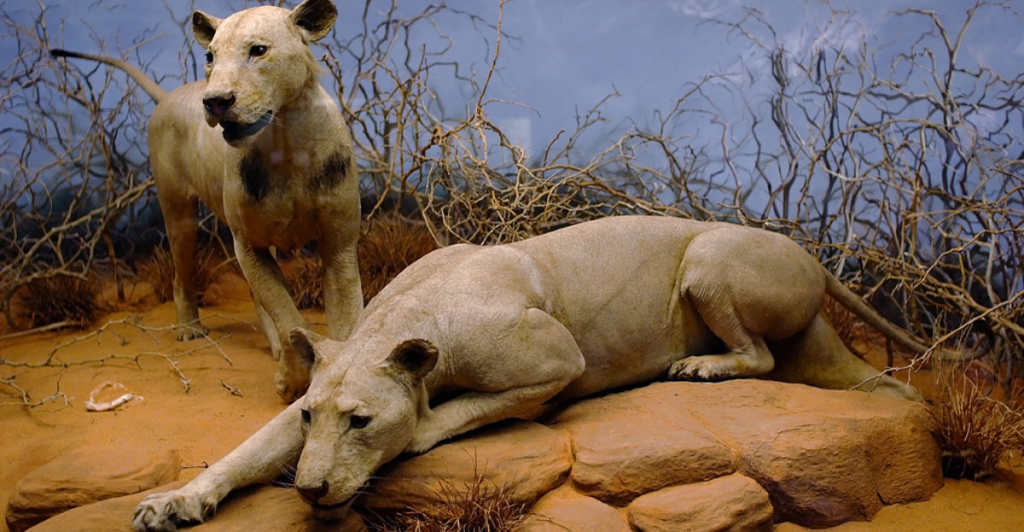
Recent studies suggest some predators may associate humans with easy meals due to exposure or learned behavior. If even one successful kill goes unpunished, the pattern can snowball. For the Tsavo pair, workers sleeping unprotected in tents likely became just another target in their expanding prey profile.
DNA Solved a Century-Old Mystery

Some questioned whether the lions really ate all those people. But isotopic analysis of their collagen (yes, the science went that deep) suggests they consumed roughly 35 humans—fewer than legend claims, but still alarming. Turns out, the truth is somewhere between exaggeration and nightmare fuel. The myth wasn’t too far off.
What This Means Today
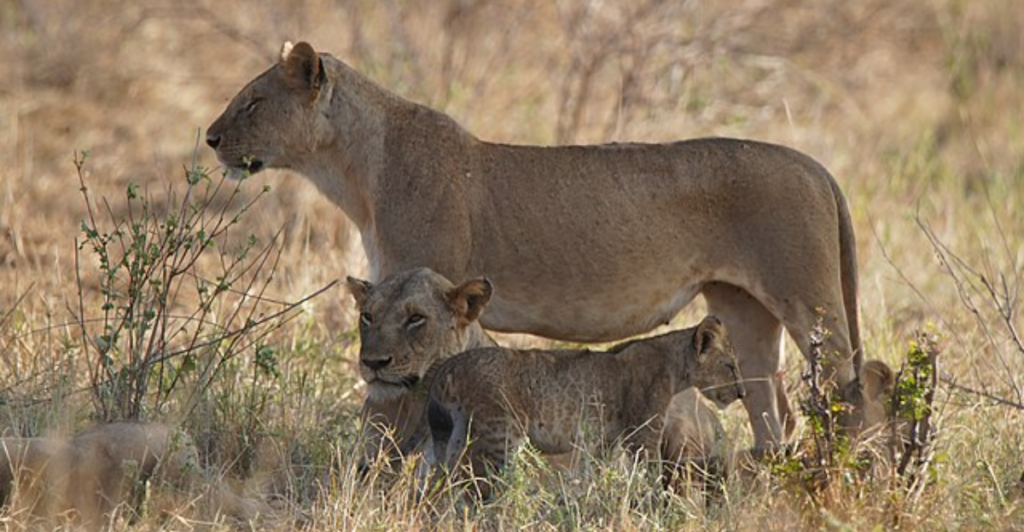
Understanding what drove the Tsavo lions to hunt humans can help prevent future attacks. Injuries, prey loss, environmental stress—all key warning signs. And as humans push further into wild spaces, these cases aren’t just history, they’re a very real warning for conservationists and communities today.
They Weren’t Monsters. They Were Survivors
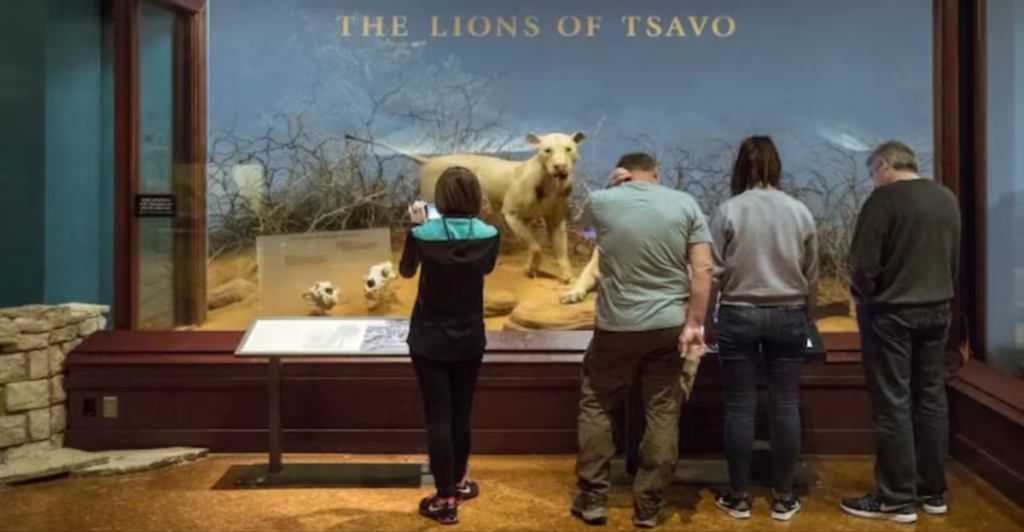
We called them killers. We made movies about them. But science just reminded us: they were wild animals navigating a harsh, changing world. Tsavo’s lions weren’t villains—they were adapting. That’s the most human thing about them. And that truth is way scarier than fiction.
Explore more of our trending stories and hit Follow to keep them coming to your feed!

Don’t miss out on more stories like this! Hit the Follow button at the top of this article to stay updated with the latest news. Share your thoughts in the comments—we’d love to hear from you!







